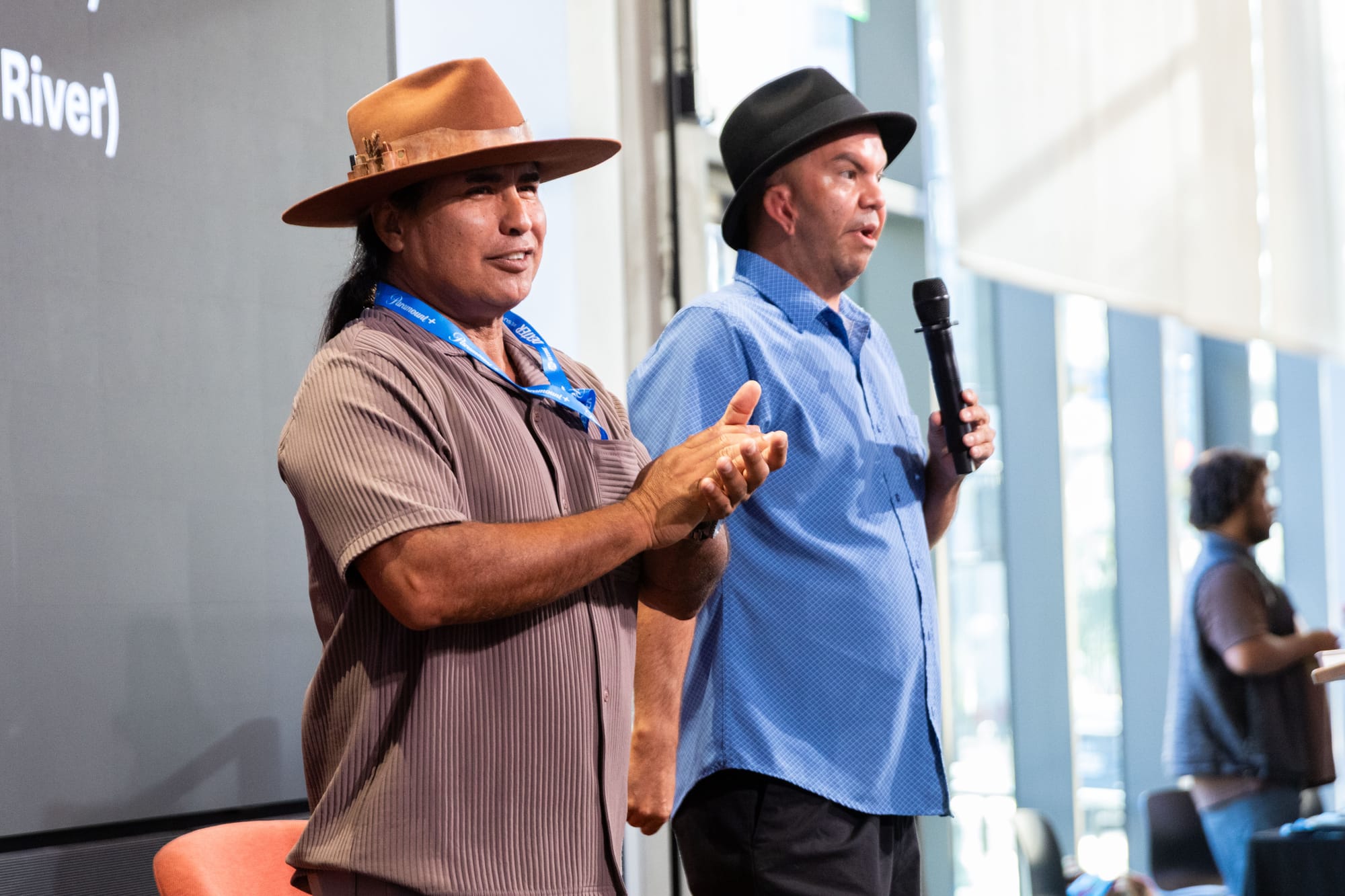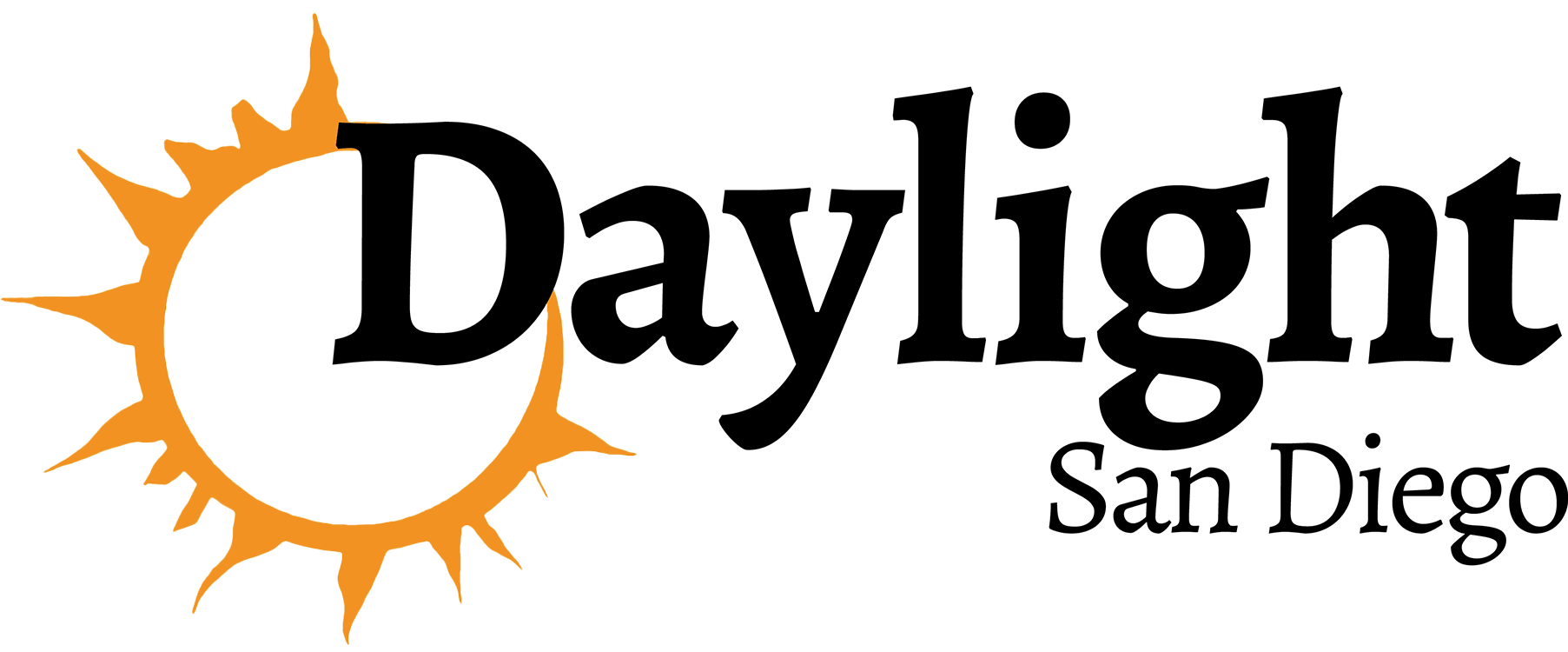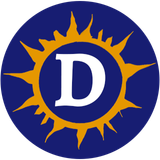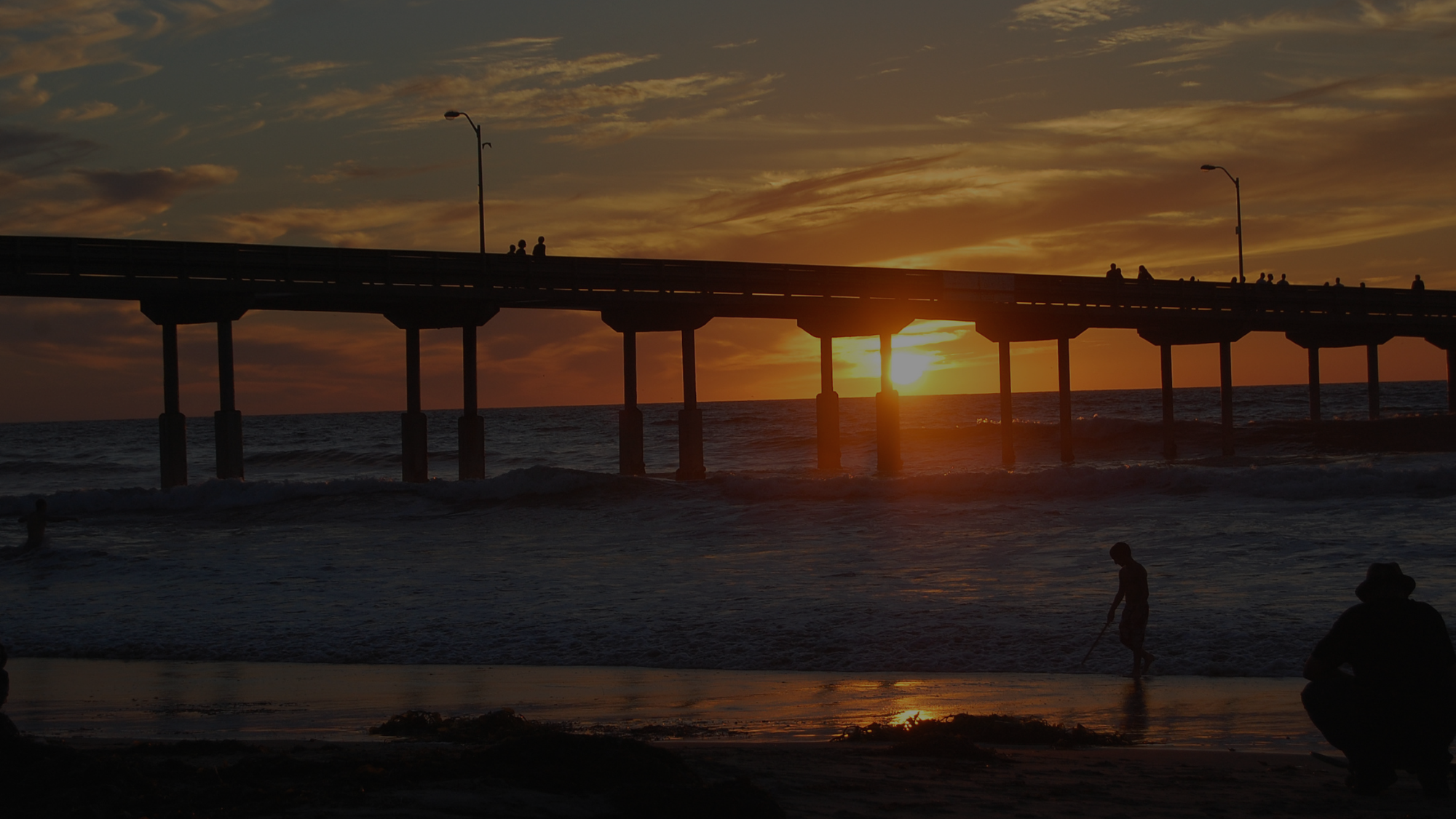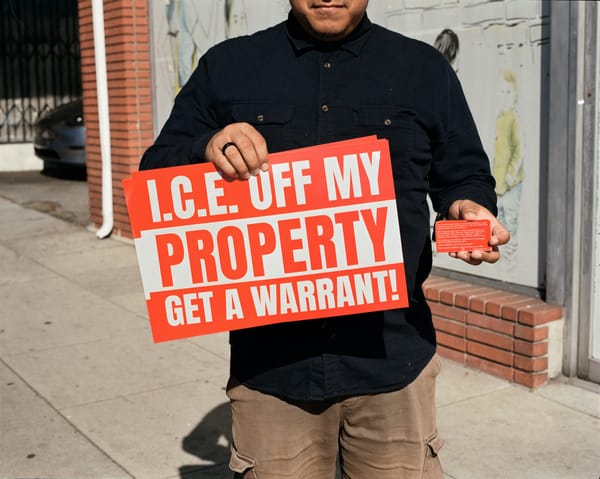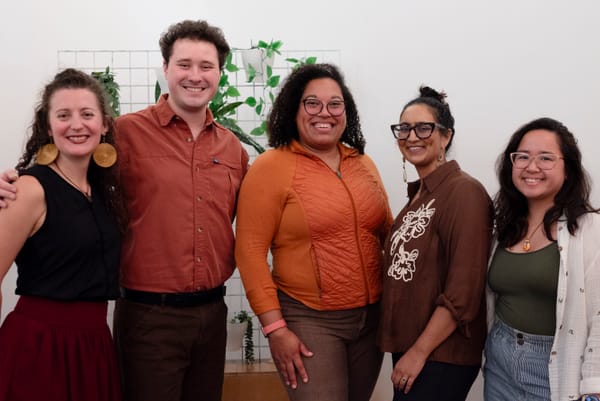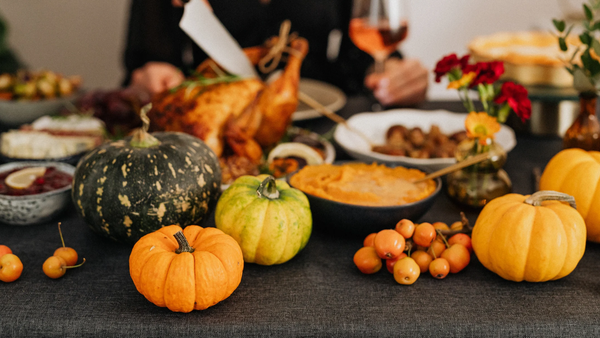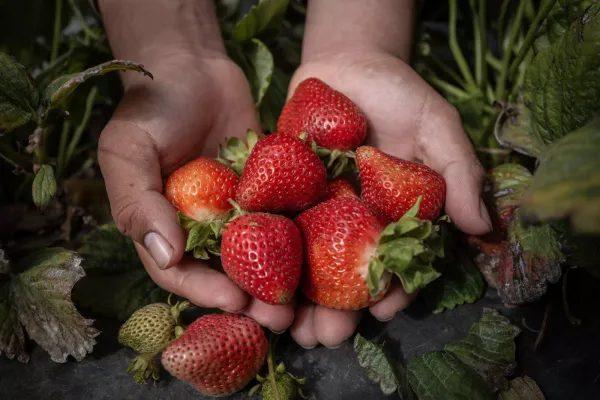Indigenous comic book creators share how Native history and culture impacts their work during inaugural Indigi-Con
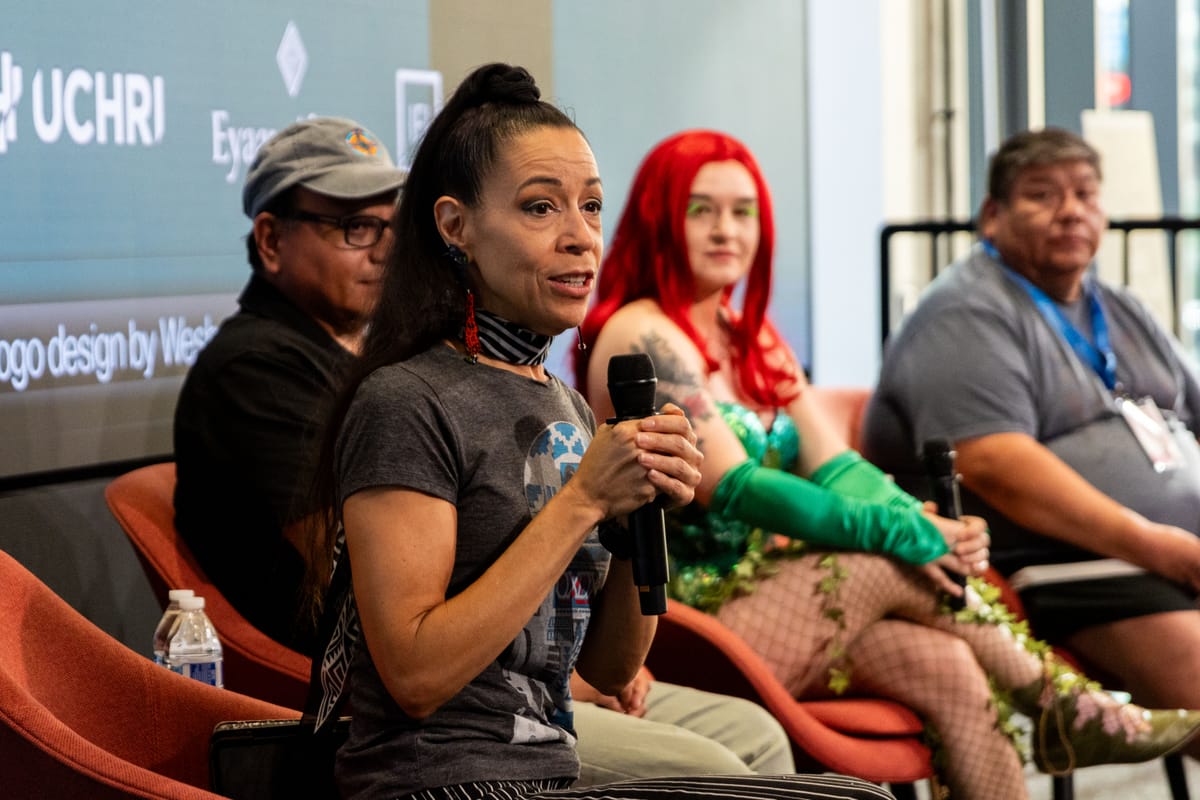
Conversations about missing and murdered Indigenous women, tribal sovereignty and federal recognition showed how modern art forms can uplift social issues.
Written by Lauren J. Mapp, Edited by Kate Morrissey
Indigenous comic book artists, writers and fans came together for an evening of panels during the inaugural Indigi-Con in downtown San Diego last week.
With conversations touching on tribal sovereignty, federal recognition and traditional art mediums like basket weaving, the event at UC San Diego Park & Market stood apart from the typical San Diego Comic-Con week events by honoring Native history and culture, according to organizer Johnny Bear Contreras (San Pasqual Band of Mission Indians).
“You're not going to hear that at any other comic convention or an assembly of artists,” Contreras said. “That's what happens when you do these types of creative things with Indigenous communities.”
During a panel with California Native women comic artists, Tongva and Scottish creator Weshoyot Alvitre discussed missing and murdered Indigenous women, the ongoing crisis of disproportionately high rates of violence faced by Indigenous women, girls and Two-Spirit people.
Alvitre said after learning about the killing of a friend’s relative, she included the topic in a piece of graphic novel-style prose for “Deer Woman: An anthology,” which features work from more than a dozen Indigenous women.
“I tried to tie together just essences of what it means to be an Indigenous woman and the things that we have to go through,” she said.
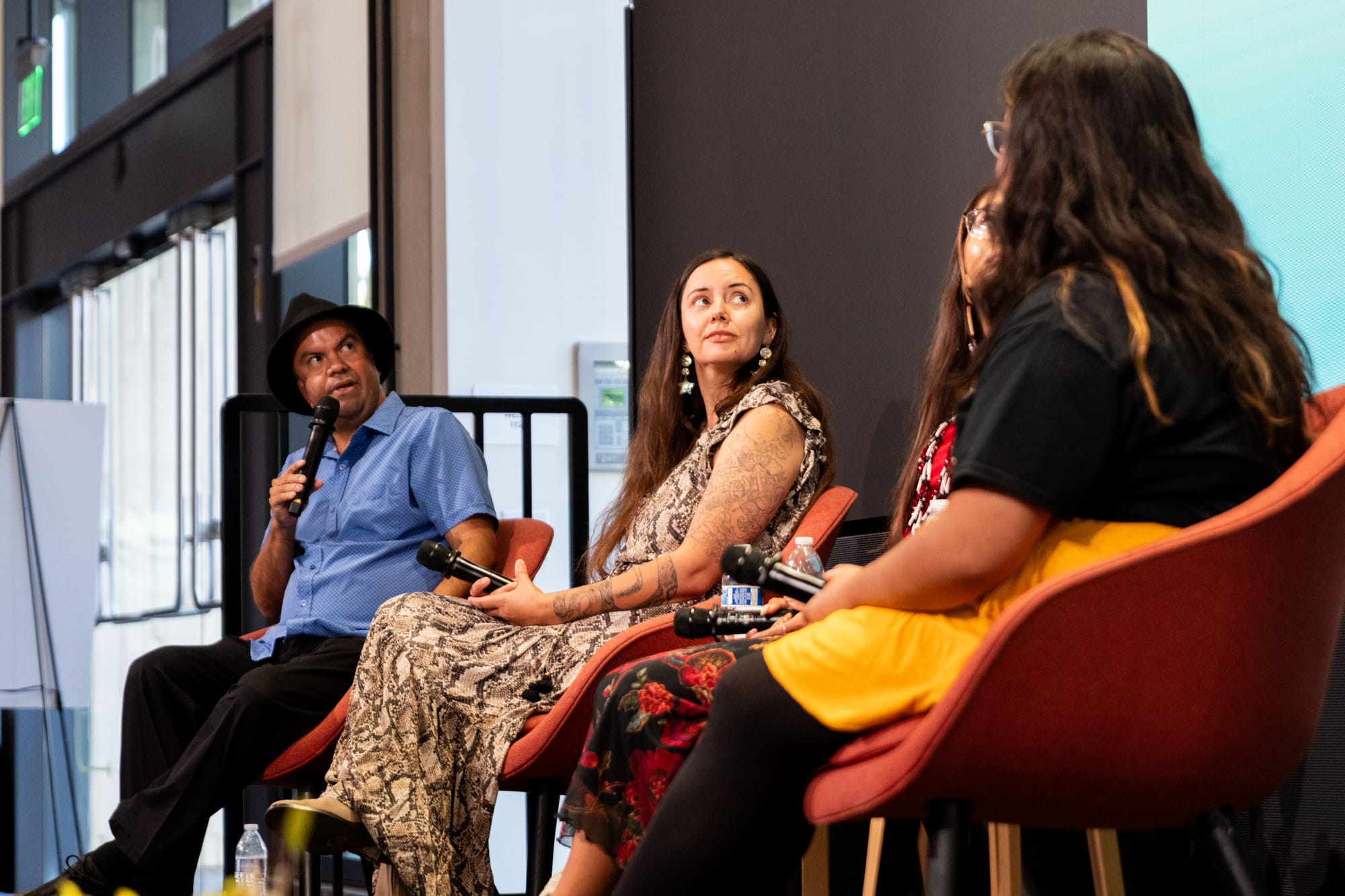
The women artists panel also touched on how personal and collective experiences with injustice have shaped each artist’s work, blending cultural identity with political resistance.
Yurok, Washoe and Surigaonon artist Jackie Fawn — who co-owns Fishbear Studios in Akwesasne, New York with her husband — said much of her work has been inspired by social justice movements.
While she had collaborated on designs with activists — sometimes on a deadline of only 12 hours — her experience at Standing Rock protesting against the Dakota Access Pipeline deepened her drive to create purpose-driven art.
“All I have is this pencil and a voice and a dream to see a just future for not just my community, but for everybody,” Fawn said. “When I look at all kids playing, that brings me to tears. Like, 'Dang, what is the future gonna look like for you?’”

The event showcased how far Indigenous representation has come in comics and mainstream media in recent years.
Shows with largely Native casts like “Reservation Dogs” and “Dark Winds” have helped shift the entertainment landscape, and more producers have made concerted efforts to diversify character representation.
Data from Nielsen — a media research company that tracks audience viewership and representation — shows that in 2020, Indigenous people made up .3% of broadcast, .1% of cable and .8% of video streaming show casts. By 2023, the share of Native actors had increased to .6%, .3% and 1.5%, respectively.
That visibility has expanded into the comic world as well.
Panelists said that hiring diverse comic artists and writers leads to a greater variety of Indigenous perspectives, helping media to move away from pan-Native stereotypes.
During a panel on Native comic creators, Cherokee Nation artist Roy Boney Jr. recalled that when he was younger, Indigenous representation in the industry was nearly nonexistent. He said that Natives in mainstream comics of the time were typically “dumb characters” that mocked their real life counterparts.About two decades ago, he attended Comic-Con for the first time as a professional, and in 2021, he was hired to create a cover for “Marvel Voices: Heritage” featuring Apache character Kushala.
“I never expected to be doing paintings for Marvel,” Boney said. “In a lot of Native communities, if you ask, 'Who's an artist?' almost everybody is an artist… I just hope to create more avenues for our youth to get into this kind of work.”
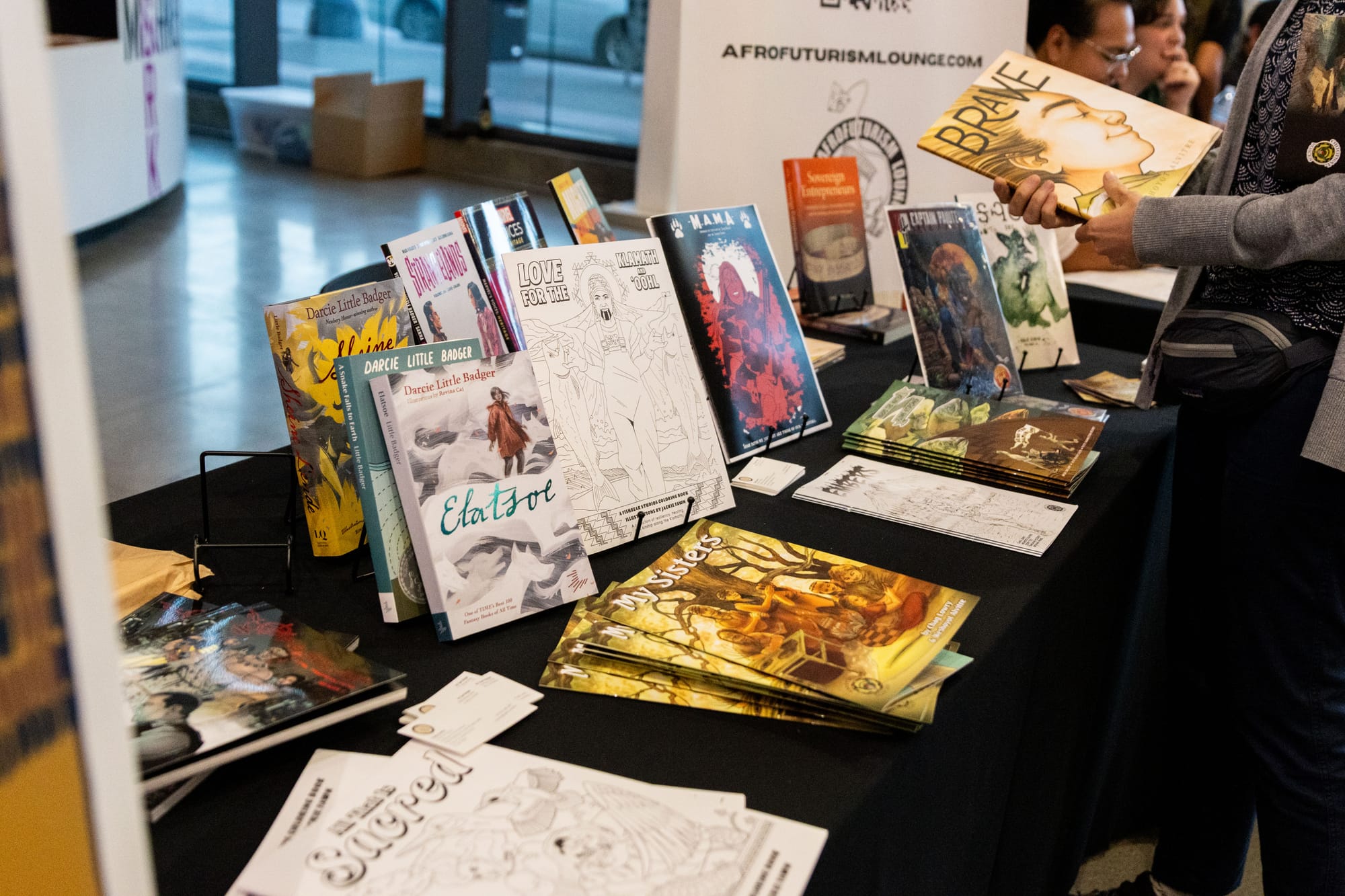
As Cherokee Nation language program manager, Boney produces an animated series to help children learn their ancestral tongue. He folds his tribe’s history into his work, including a story about Cherokee code talkers during World War I and II and frybread as the villain in the language series.“We all want frybread — it's just part of the Native culture,” Boney said. “It was a food of necessity… but it was like a poverty food, and there's a lot of adverse health effects with eating it.”
Conversations at Indigi-Con continued a growing local push to elevate Native voices in comics.
During a Comic-Con panel in 2023, local Kumeyaay historians and elders discussed their effort to create a comic book sharing the community’s history and culture. The two-part Kumeyaay Comics graphic history was published last year and is available for free online.
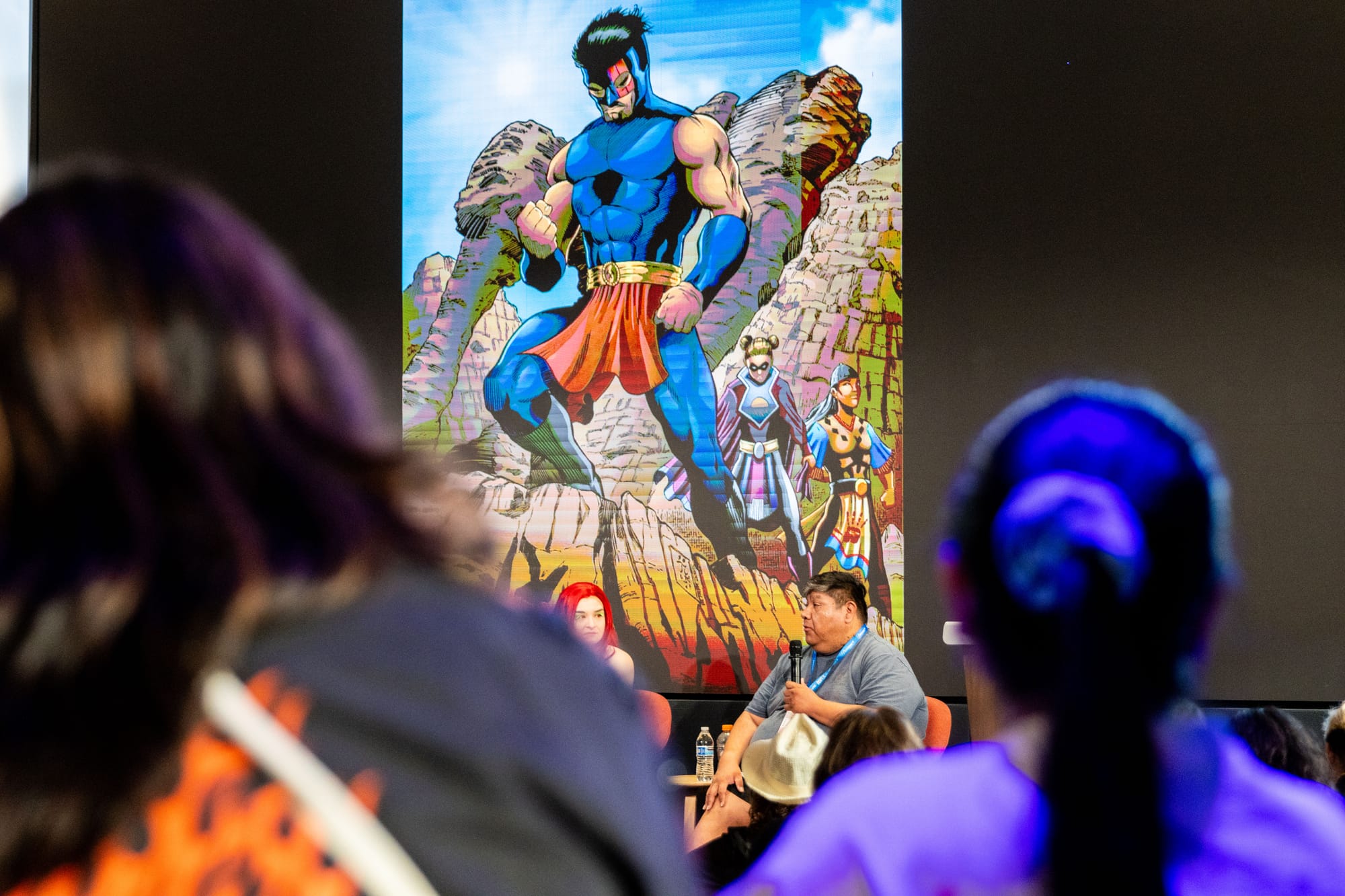
An artist himself, Contreras said he felt inspired to create Indigi-Con to highlight contemporary Native art. While comic books or the bronze sculptures he specializes in differ from traditional Indigenous art forms like weaving and beading in many ways, he said modern media helps continue the long history of visual storytelling.
“When you have people that have these large breaks in their cultural ties, they're going to have things that are so segmented,” Contreras said. “I would hope that in my work, and in my conversation in general, you would understand that what I'm working at is to break colonization now, to understand our cultural ties, to recognize the people, to disallow these different things that have been put in lieu of what we should have had.”
